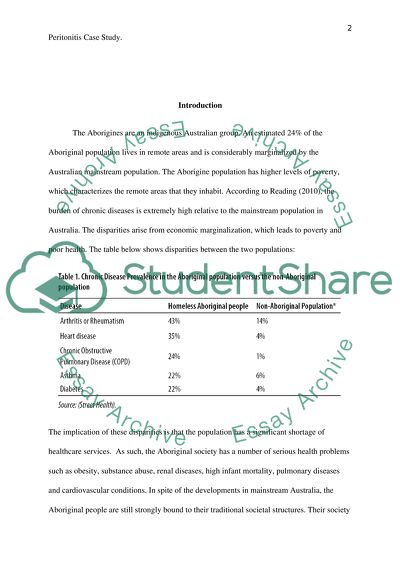Cite this document
(“Chronic deseases of Aborigens of Australia Essay”, n.d.)
Retrieved de https://studentshare.org/nursing/1396399-case-study
Retrieved de https://studentshare.org/nursing/1396399-case-study
(Chronic Deseases of Aborigens of Australia Essay)
https://studentshare.org/nursing/1396399-case-study.
https://studentshare.org/nursing/1396399-case-study.
“Chronic Deseases of Aborigens of Australia Essay”, n.d. https://studentshare.org/nursing/1396399-case-study.


